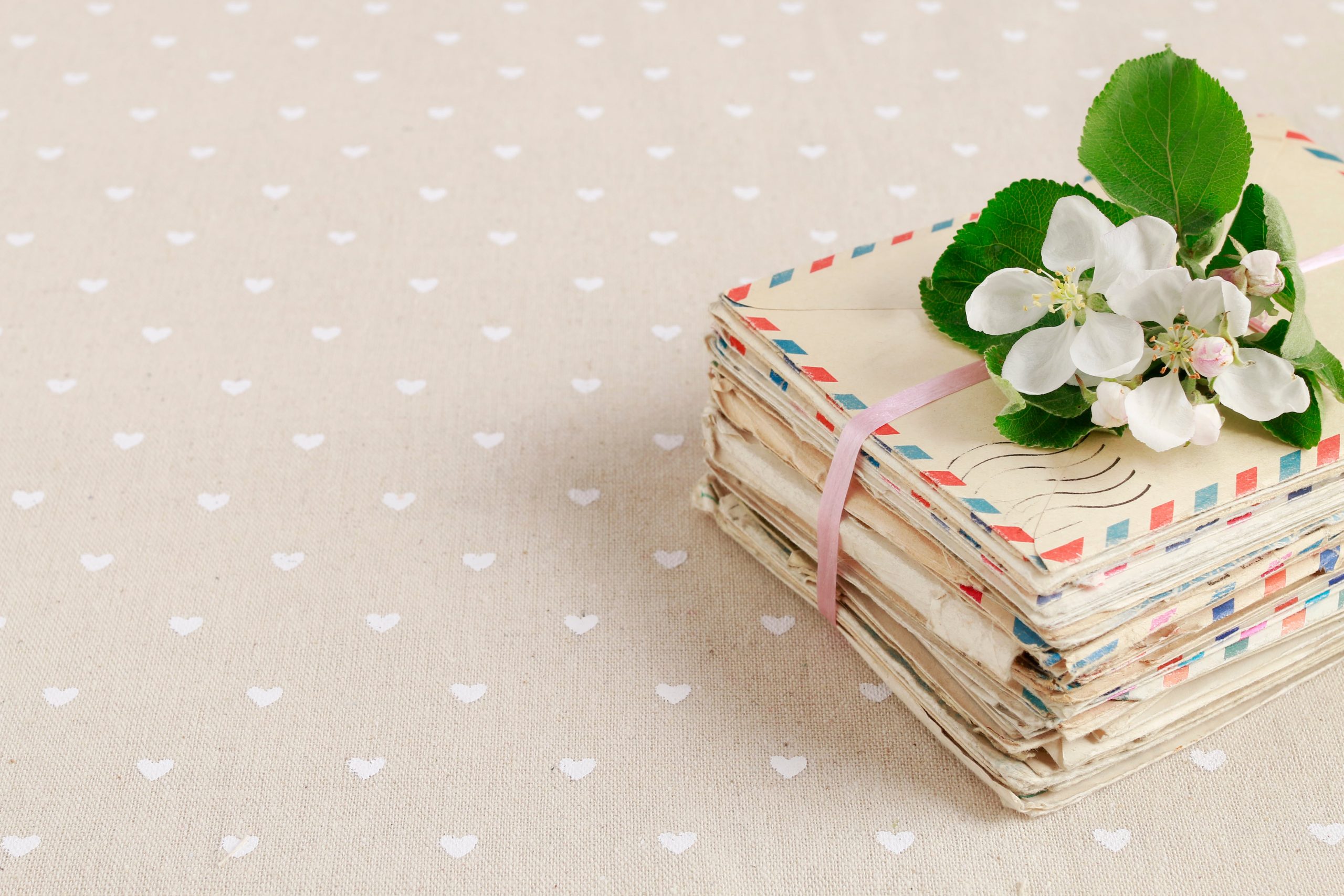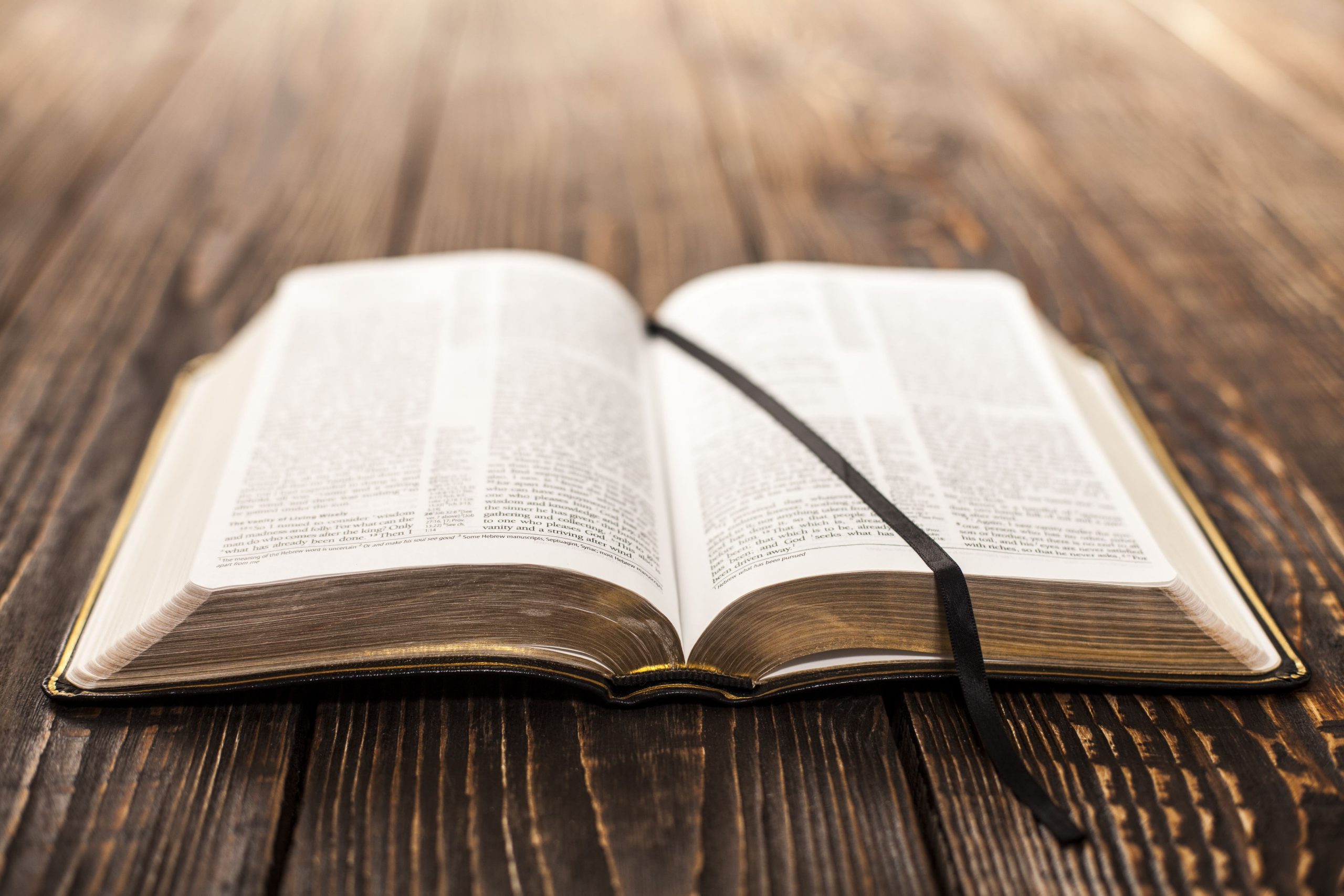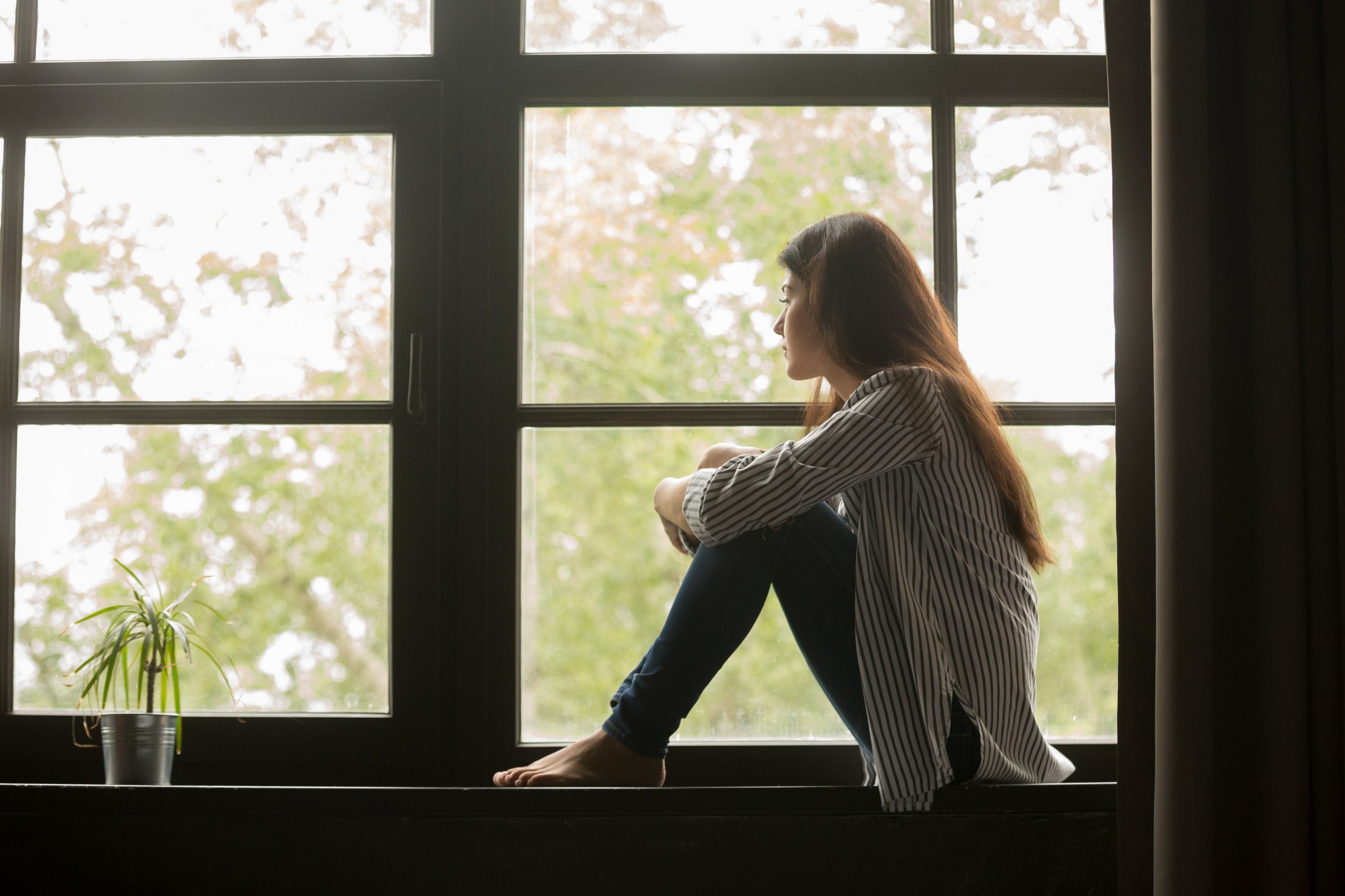Sometimes, words aren’t enough to fully express what you feel or say what you mean. In the times when words are inadequate, participating in healing rituals and actions plays a key role in helping you grieve well and express what can’t be said. One healing action you might consider – either for yourself or your entire family – is creating a memory capsule.
What is a Memory Capsule?
If you or a loved one is currently in hospice care, a memory capsule could bring healing to loved ones after the loss. Similar to a time capsule, a memory capsule is a container that holds precious mementos, photos, notes, and other memorabilia associated with a loved one. Once the capsule is complete, you put it away until a specified time. This might be a year after the loss, or even specific times, such as weddings, graduations, and other special events that the person currently in hospice may not be able to attend.
A time capsule could include letters to loved ones to be opened on special days, gifts, video messages, favorite photos, and cherished mementos. Then, when the date comes to open the capsule, surviving family members will feel like the person who died is there with them in that special moment.
Remembrance is a key part of grieving well and creating a memory capsule is one way you can remember, reminisce, and embrace a loved one’s life. It will allow your loved ones to feel your presence when they need you most. Regardless of what you decide, when you open the box, tender memories will flood them with love and help them lovingly remember and grieve for the person they’ve lost.
How to Create a Memory Capsule
With a few simple steps, you can create both a memory capsule and a meaningful activity for your family.
1. Determine where you’ll store the capsule or capsules.
First, you must decide where you will be storing the capsule. Whether you decide to store it indoors or outdoors will affect what kind of container you use and what types of items you place inside. So, before you can really begin, you need to determine how you plan to store your memory capsule. Also, select a person to be in charge of the capsule. This person will be responsible for storing the container and bringing it out of storage at the appropriate time.
2. Choose your container.
Once you’ve determined where you plan to store your capsule, it’s time to select the type of container you intend to use. If you are planning to keep the memory capsule indoors, then you could select a box, a plastic container, a jar, or some other container that is easily storable.
However, if you plan to keep the capsule outside or you intend to bury it, there are a few things to consider. For outdoor safekeeping, find a container that is non-biodegradable, like something made of metal. Water, dirt, pressure, and critters won’t be friendly to your capsule so make sure that it’s strong, weather-proof, and watertight.
If you are making this a family activity, discuss together what kind of container you’d like to use.
3. Decide what to include.
Next, it’s time to decorate your container (if you wish) and gather your memories. Since this activity is meant to be part of a healing ritual, you might write a letter or record a video message for your loved ones individually or as a family. This may be for a special occasion or for a later date in general.
For your message, record a favorite memory. Share funny stories. Give words of wisdom that you think they may need after you are gone. Share how proud you are of them and what they mean to you. Then, gather photos, drawings, trinkets, clothing, or other cherished items. Find the items that are meaningful to you and place them in the container.
If you are planning to store your capsule outdoors, consider using good paper and permanent ink. Try not to use paper clips, staples, or rubber bands because they will rust or break with age. Consider placing photos and other paper items into plastic sleeves to further protect them.
WARNING: Make sure you don’t include flammable materials or anything else that may cause damage, such as liquids, food products, matches, or lighters.
4. Set a date.
Typically, capsules are left closed for several years, but you can do whatever works best for your family. For example, if you are putting together a memory capsule for a loved one’s future birthday, Christmas, or wedding, they may open it within one year or it may be several years down the road. The most important thing is to select a time frame and make sure that everyone participating knows what the time frame is.
5. Seal your container and store it.
Once you have gathered letters, messages, and memorabilia, all that’s left is sealing the container. After that, store it away until the agreed upon date. You can even write a “Do not open until” date on the outside. Enlist the help of two or three other family members so that your plans and wishes are known. For extra protection, seal the container with tape or a lock. If you are writing several letters for future dates, such as birthdays, anniversaries, holidays, or big future life milestones, entrust those letters to a family member who will deliver them at the appropriate time.
Helping Your Loved Ones on Their Grief Journey
It may be difficult to think of all the special moments you may miss. The process of putting together messages and mementos can be very emotionally demanding. But in the end, it is worth it.
Dr. Alan Wolfelt, a nationally respected grief counselor and educator, says this about grief: “From my own experiences with loss as well as those of thousands of grieving people I have companioned over the years, I have learned that we cannot go around the pain that is the wilderness of our grief. Instead, we must journey all through it, sometimes shuffling along the less strenuous side paths, sometimes plowing directly into the black center.” So, as you confront your emotions head on, you will begin to actually deal with them and find a way to move toward healing and eventually reconciliation.

Just remember, you’re not alone on the journey. Lean on your loved ones. Talk to your family and/or friends. While they may not always understand what you’re thinking or feeling, they love you and can be a source of support through the process of saying your goodbyes.









